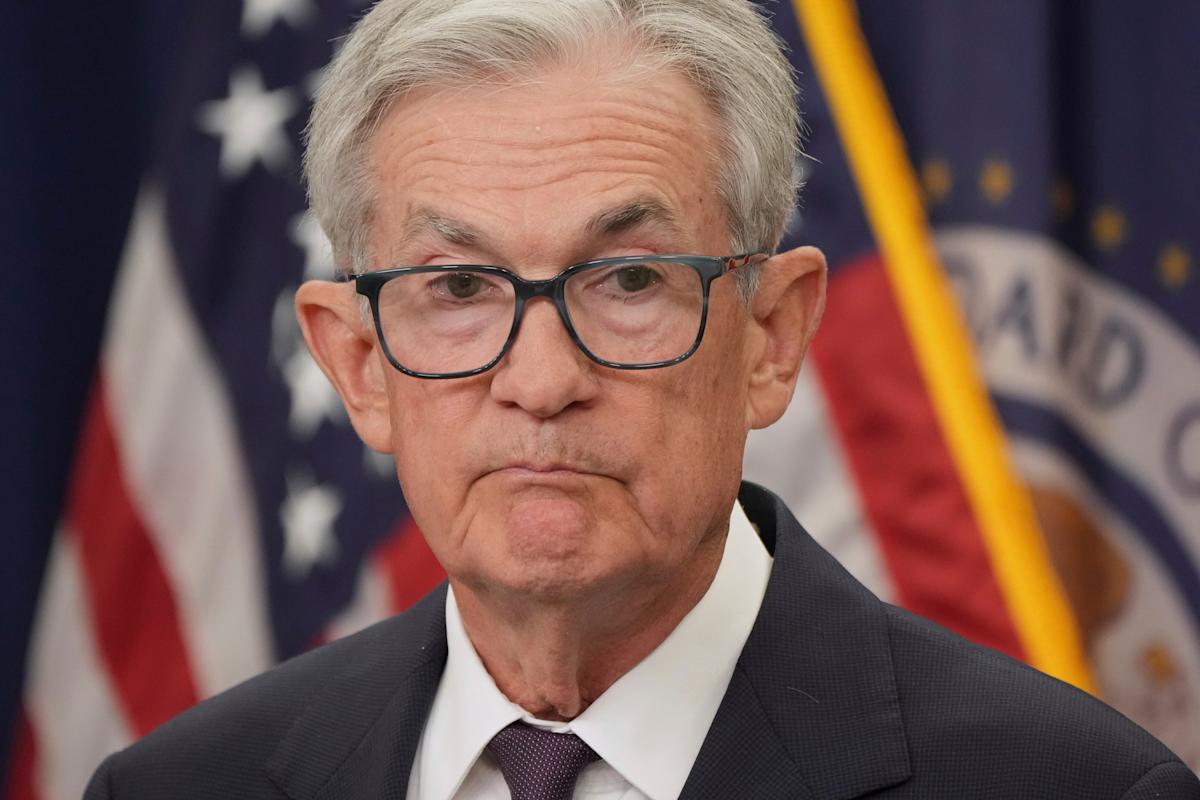This is The Takeaway from today’s Morning Brief, which you can sign up to receive in your inbox every morning along with:
Inflation came in better than expected in September, a welcome downside surprise that gives policymakers a bit more breathing room as they weigh another rate cut.
It was exactly the kind of reading the Fed (and investors) wanted to see: softer shelter, moderating core services, and just enough cooling across key categories to keep the Fed comfortable — for now.
But with the government still shut down and key data frozen in time, the Fed’s view of the economy is about to get blurry. As RSM chief economist Joe Brusuelas warned, “This is likely to be the last solid quality report we get until probably early next spring.”
In other words: The Fed is flying blind.
Brusuelas explained that while an eventual end to the shutdown will resume key economic releases, the gap in data collection means the quality of those numbers will suffer for months, leaving policymakers to navigate largely on estimates and assumptions.
“The BLS is going to be imputing — or rather guessing — at a lot of the estimates they’re making,” he said. “So in many respects, this is the last hard data that I’m going to trust probably until early next spring.”
That’s the same warning sounded by Bank of America, which titled its latest FOMC preview “Don’t change course when flying blind.” The bank expects the Fed to cut rates by 25 basis points next week while simultaneously avoiding strong guidance “given the lack of official sector data.”
Fed Chair Jerome Powell. (AP Photo/Jacquelyn Martin) · ASSOCIATED PRESS
Complicating things further, even though the September inflation report was relatively benign, there are early signs that tariffs are beginning to ripple through prices. Apparel, footwear, and household furnishings all showed early signs of pass-through last month.
“Goods prices are firming again amid tariff pressures,” said Gargi Chaudhuri, chief investment strategist at BlackRock.
Economists warn those pressures are only set to build, even if they’ve been slow to show up in the data. So far, companies have absorbed most of the tariff costs — but that won’t last forever.
Economists at BNP Paribas and Goldman Sachs expect more noticeable pass-through to consumers heading into early 2026, particularly in the more trade-sensitive categories that showed gains last month. Bank of America economist Steven Juneau added that tariffs will remain a “source of goods price inflation” over the next few quarters as inventories deplete, margins shrink, and firms pass on costs to consumers.

